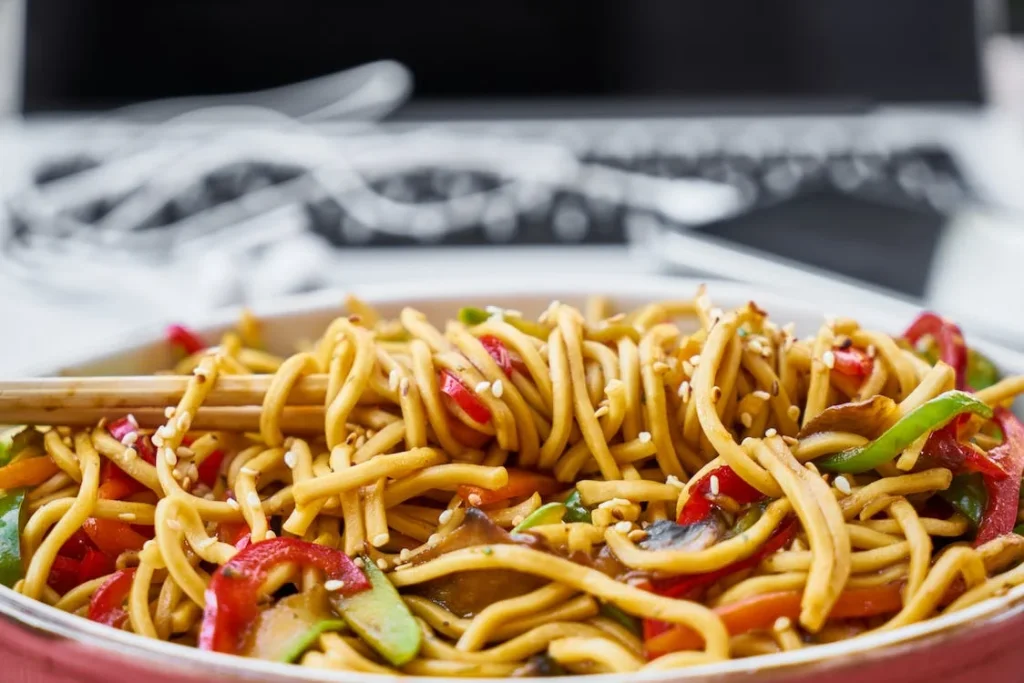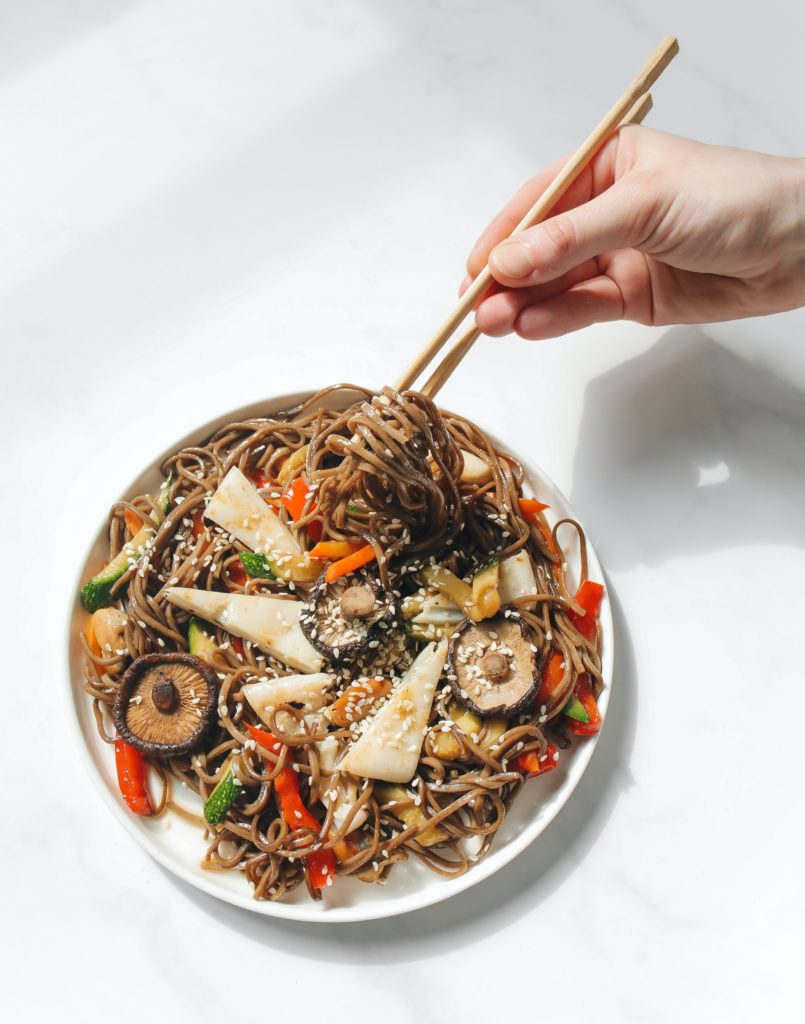
The difference between noodles and pasta
Pasta, noodles, what’s the difference between the two? If you are a food lover like we are here, you might wonder what’s the difference between pasta and noodles. They both are delicious, you can eat them with different sauces, stir-fried or even broth, so they must be the same, right? Well, not really.
Pasta and noodles differ in their shapes, origins, and ingredients. For instance, pasta is made from durum wheat and usually has a tubular shape. On the other hand, noodles are made from egg and soft wheat and come in a variety of shapes like spirals or flat strips. But their difference doesn’t stop here. Come on, let’s dig what makes those two apart!
What is the difference between Italian pasta and Chinese noodles?
The legend says that noodles were introduced to Italy by Marco Polo during the 13th century. However, history may say a different thing: although the exact origins of pasta are unknown, it is believed to date back as early as the 4th century BCE. This is based on an Etruscan tomb which depicts a group of people making what appears to be pasta. On the other side, noodles were being consumed in China as early as 3000 BCE.
Chinese noodles and Italian pasta mainly differ in the way they are made. For starters, noodles are typically made from egg and soft wheat, while pasta is made from durum wheat, eggs, salt and sometimes olive oil. If you consider gnocchis to be a kind of pasta, you can even say they are made from potatoes, and some pasta are even made from ingredients not typical! This means that noodles are more delicate and have a higher protein content than pasta.
Noodles are usually long spirals or flat strips, while pasta comes in many different shapes and sizes, such as spaghetti, fusilli, tortellini, bow tie… The list is long and hard to keep up with! Pasta is even stuffed with fillings, and this is what we call stuffed pasta (and there are more kinds of stuffed pasta than just the classical ravioli).
One thing that noodles and pasta share: they can be both found dry or fresh.
When it comes to cooking, noodles are typically boiled, while pasta is usually baked or boiled.
Types of pasta

One thing that may help you to understand the difference between noodles and pasta is listing what different types of pasta and noodles there is. Because once you’ll see the list, you’ll understand pretty quickly!
- Spaghetti : a long, thin, cylindrical pasta made of semolina and water.
- Linguine: a long, flat pasta made of semolina and water.
- Bucatini: a thick, spaghetti-like pasta with a hole running through the center.
- Fusilli : a short, twisted pasta made of durum wheat and water.
- Rigatoni : a medium-sized tubular pasta made of durum wheat and water.
- Penne : a medium-sized, quill-shaped pasta made of durum wheat and water.
- Fettuccine : a long, flat pasta made of egg and soft wheat.
- Farfalle : a bow-tie shaped pasta made of egg and soft wheat.
- Ravioli: a type of dumpling made with a thin dough wrapped around a filling of meat or vegetables.
- Orechiette: a type of pasta made in the shape of small ears, typically made with semolina flour and water.
- Gnocchi: a type of dumpling made with potatoes, semolina flour, and water
- Lasagna : a wide, flat pasta made of durum wheat and water.
And the list could go on again as there so many kinds of regional pasta in Italy!
Types of noodles

Just as pasta, noodles are also divided into different types. And these, again, come with their own shapes and sizes!
- Ramen noodles : a type of Japanese noodle made of wheat flour, water, and salt.
- Udon noodles : a type of thick Japanese noodle made of wheat flour, water, and salt.
- Soba noodles : a type of thin Japanese noodle made of buckwheat flour, water, and salt
- Lo mein noodles : a thick type of Chinese noodle made of wheat flour and water.
- Pad Thai noodles : a type of thin rice noodle used in Thai cuisine and especially in the Pad Thai recipe
As you can see, there are many types of both noodles and pasta. And we didn’t even list all of them!
Do Italians call it noodles or pasta?
The answer to this question is a little complicated. In Italy, the word “pasta” refers to the dough that is used to make noodles. So technically, all noodles are pasta, but not all pasta is noodles. Confused yet?
Actually, the confusion between the two or even the expression “noodle pasta” is very American. Italian only use the word “pasta” to refer to this dish, while the naming “noodles” is very rooted in the Asian cooking culture. For instance, you’ll never see a “spaghetti noodles” dish on an Italian menu, or a “ramen pasta broth” at a Chinese restaurant!
Which is healthier?
If you’re looking for the healthier option, noodles are the way to go. This is because they are typically made from egg and soft wheat, which makes them lower in calories and fat than pasta. Additionally, noodles have a higher protein content than pasta, which means they will fill you up faster and keep you fuller for longer.
This also has to do with the way they are cooked. Noodles are usually cooked with vegetables or in broth, while pasta is often cooked with heavy sauces. Pasta is also very appreciated with cheese, while you won’t ever put it over a noodles plate!

